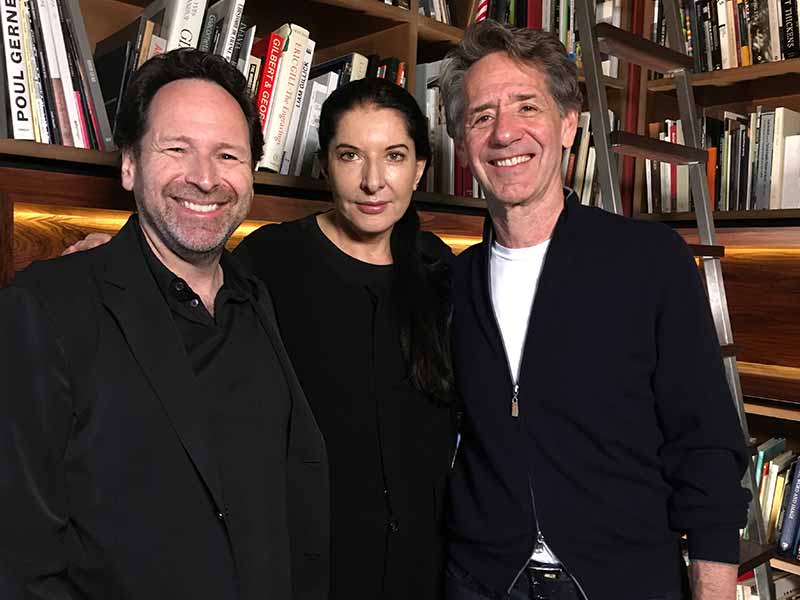How do you get people socially engaged in contemporary art? By making it accessible.
Blurred Lines: Inside The Art World, directed by Barry Avrich and produced by Jonas Prince, had its Canadian premiere at the Hot Docs Canadian International Documentary Festival in Toronto on April 28.
Travelling to the epicentres of power – London, New York, Basel, Miami and Los Angeles – Blurred Lines illustrates how and why the collecting of contemporary art has gone beyond traditional collecting and turned into a sociological phenomenon where art is now a coveted asset class that trades alongside stocks and bonds.
READ: AVRICH’S BOOK SPARES NO ONE AND SETTLES OLD SCORES
The film begins with the 2008 collapse of financial services firm Lehman Brothers. Just 24 hours after the collapse, artworks by British artist Damien Hirst sold for some US$200 million (C$273 million) at Sotheby’s in London.
Blurred Lines allows the viewer to see how art is created, exhibited and sold around the globe. It features insider accounts from influential and powerful players in the industry, such as renowned artists Julian Schnabel, Marina Abramovic and Jeff Koons, experts from prominent museums, such as Museum of Modern Art (MoMA), and takes the viewer inside auction houses Sotheby’s and Christie’s.
Avrich and Prince have a long, deep-rooted friendship and take pride in their mutual respect for one another.
An acclaimed documentary filmmaker, Avrich is responsible for over 30 documentaries and is best known for provocative exposes of Hollywood power brokers, such as Lew Wasserman (The Last Mogul) and Harvey Weinstein (Unauthorized). He is currently working on a film profiling the Bronfman dynasty, as well as one about convicted sex offender Jeffrey Epstein.
“Prior to making this film, we spent probably three or four years taking numerous trips to New York, where Jonas would introduce me to galleries and artists and how the art world worked. One day over lunch, Jonas said, ‘This would make a great film’,” Avrich said.
Prince is an avid collector of contemporary art, but he had no exposure to art growing up.
“I am a product of the Holocaust. My parents came here and started the way many people did. There was no art on the walls to speak of,” recalled Prince, a trustee of the Art Gallery of Ontario.
“I grew up in a house filled with art,” Avrich said. “My parents were not art experts by any means, but they collected, and collected what they loved, which, for me, is a big message of the film: buy what you love.”
The process of making the film spread over two years.
“Creating this film for us was like creating art. Casting the music – the incredible score – the graphics in the film – the motif of the red dot throughout the film,” said Avrich. “It’s the alchemy of entertainment and education. We made it for a world that wants to understand how the business of the art world works, as well as for anybody who has ever walked into a gallery and felt intimated.”
“I enjoyed all of it. There wasn’t a bad moment. A highlight for me was spending time with Canadian artist Michael Snow. Michael Snow is ahead of the curve – he is a story that needs to be told and appreciated,” said Prince. “We need art. We need culture. It’s critical. We’re at a time where there is so much money flooding into the art world for a variety of reasons. The dynamics of the market has changed, but art is an essential part of our life.”
